I'm designing a transimpedance amplifier but I'm having trouble getting higher gain. I started with Rf being 16.5 kOhms but then I realized I will need higher gain, so I simply switched it out for 50 kOhm, 100 kOhm, and 1 Mohm, but after the 50 kOhm I stopped getting higher gain.
I basically want to take measurements from a photodiode, and I didn't want to mess around with AC so there is Cf to ensure stability and filter any oscillations. So the main question is is there any limiting factor for the opamp that I'm not seeing?
Notes:
- Vcc = single supply 3.3V
- Opamp = rail-to-rail MCP617
- Photodiode = sfh 206 k
